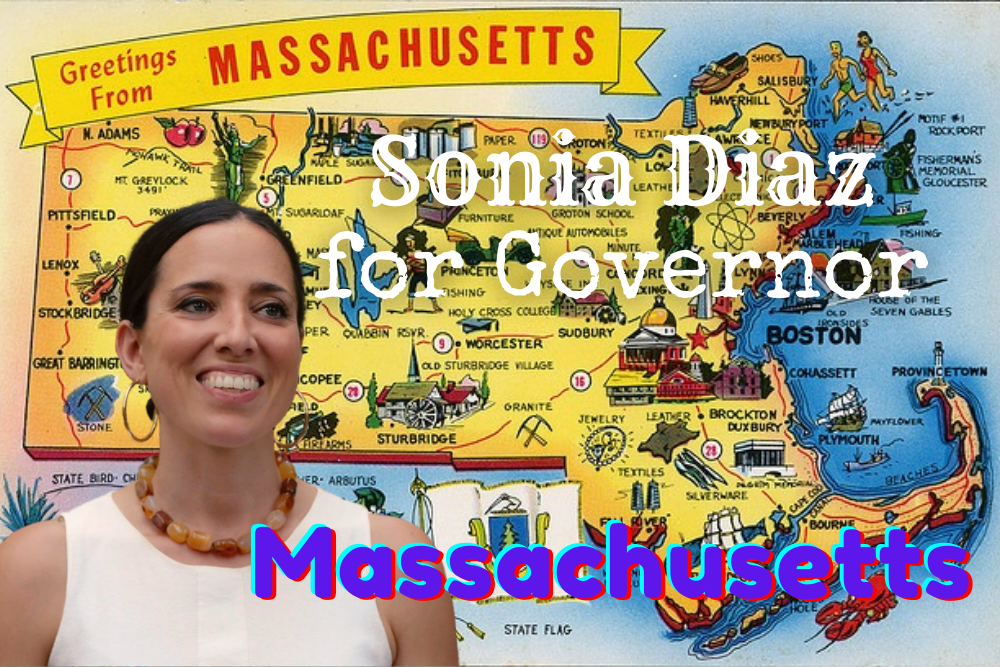Massachusetts will transition to a statewide, fully electric public transit system
Transportation is a top source of carbon emissions in Massachusetts. The impacts of this pollution affect all of us, but are also borne inequitably: one recent study showed that, on average, residents of color in Massachusetts are exposed to 26% to 36% more vehicle pollution than white residents.
Unequal transit access also creates obstacles to economic prosperity for the communities that need it most, all while trapping our residents in some of the worst traffic in the country.
As Governor, I will make bold new investments in a system that has been chronically underfunded for decades to decarbonize our transportation systems, expand access to public transit, and incentivize more sustainable ways for people to get from place to place:
Transition Massachusetts’ existing public transit systems to clean sources of power by directing our public transit agencies to halt the purchase of any new fossil fuel-powered buses and produce and execute plans for full MBTA bus fleet electrification by 2030 and full electrification of the RTA system and Commuter Rail by 2040, with three Commuter Rail lines electrified within the first three years of my administration. This will require an overhaul of multiple aspects of bus and train infrastructure – from garages to tracks to platforms – and provides an opportunity to create new green jobs across the state.
Stabilize and expand our public transit systems statewide to reduce fossil fuel emissions and connect communities — including developing East-West Rail to knit the whole state together and a robust Regional Rail system. We can accomplish the latter by revamping our Commuter Rail system into a frequent, electrified regional rail, providing all-day 15-minute to 30-minute train service. We also must increase operating budgets at the RTAs and MBTA to ensure they have the staffing necessary to plan for and execute both electrification and service expansion. These interventions will make trains a substantially more viable option for thousands of commuters. I will also work with local and community leaders to address displacement concerns, and ensure that transit expansion and associated development benefit existing residents while also attracting sustainable growth and development.
Incentivize use of public transit by moving to a fare-free system. To avert climate impacts for residents in every region and cut down on traffic, our state must do all it can to encourage use of public transit. One way to do this is by eliminating fares, particularly on buses. Fare-free buses that allow all-door boarding spend significantly less time idling while boarding and discharging riders, leading to significantly faster rides. This cuts down on vehicle emissions while reducing commuting times, making the bus a much more attractive transportation option for many. My first budget proposal as Governor will include funding to remove fares from MBTA and RTA buses immediately. I will also lead the charge to identify additional sources of funding — such as repealing tax breaks for corporations that shift their income to off-shore accounts — to transition to a completely fare-free MBTA.
Increase access to and affordability of electric vehicles (EVs), including electric school buses, and expand EV support infrastructure. Electric vehicles can be a win-win for both our environment and consumers: they provide carbon-free access to transportation as well as significant savings on fuel and maintenance. Unfortunately, our current system for incentivizing the increased use of EVs serves mostly wealthy communities and is too narrow in its focus on cars. As Governor, I will support local school districts in purchasing electric school buses (ESBs) to replace high-polluting diesel buses, reducing our carbon emissions while improving the quality of the air our children breathe on buses. In addition to helping schools secure newly available federal money for electric school buses, the state can play a role in helping schools purchase ESBs, such as facilitating large group purchases to help schools obtain ESBs at a reduced cost, and bringing utility companies and school districts together to accelerate the use of creative Vehicle to Grid (V2G) financing partnerships, as was recently done in the town of Beverly. For individuals and families, I will increase access to EVs for all Bay Staters by providing financing assistance and larger upfront rebates to low- and moderate-income consumers, as well as providing incentives for the purchase of used and leased EVs. I’ll also expand EV rebates to any zero-emission option, including e-bikes and e-scooters.
We must also dramatically increase access to EV charging infrastructure, particularly along our highways, at workplaces, and at multi-family residences, as well as for renters and individuals without access to off-street parking. State government can support expansion of EV infrastructure by adopting more forward-looking EV-ready standards for new multifamily homes, buildings and parking lots, and investing in charging infrastructure in communities where it is lacking, especially areas overburdened by pollution.
Promote alternatives to driving such as biking, walking and Bus Rapid Transit. In designing a sustainable transportation future, we must aim for fewer people driving cars by providing them with better alternatives. In addition to expanding public transit options, I will support strong investment in shared streets programs that promote walking and biking infrastructure and ensure equitable access to that infrastructure. I will work with cities and towns to think creatively about street improvements like bus/bike lanes and Bus Rapid Transit (BRT) that can cut down commuting times. I’ll also support local leaders in the public and private sectors working toward transit-oriented development that prevents sprawl, promotes walking and biking, and creates vibrant, connected communities.
Original source can be found here.


